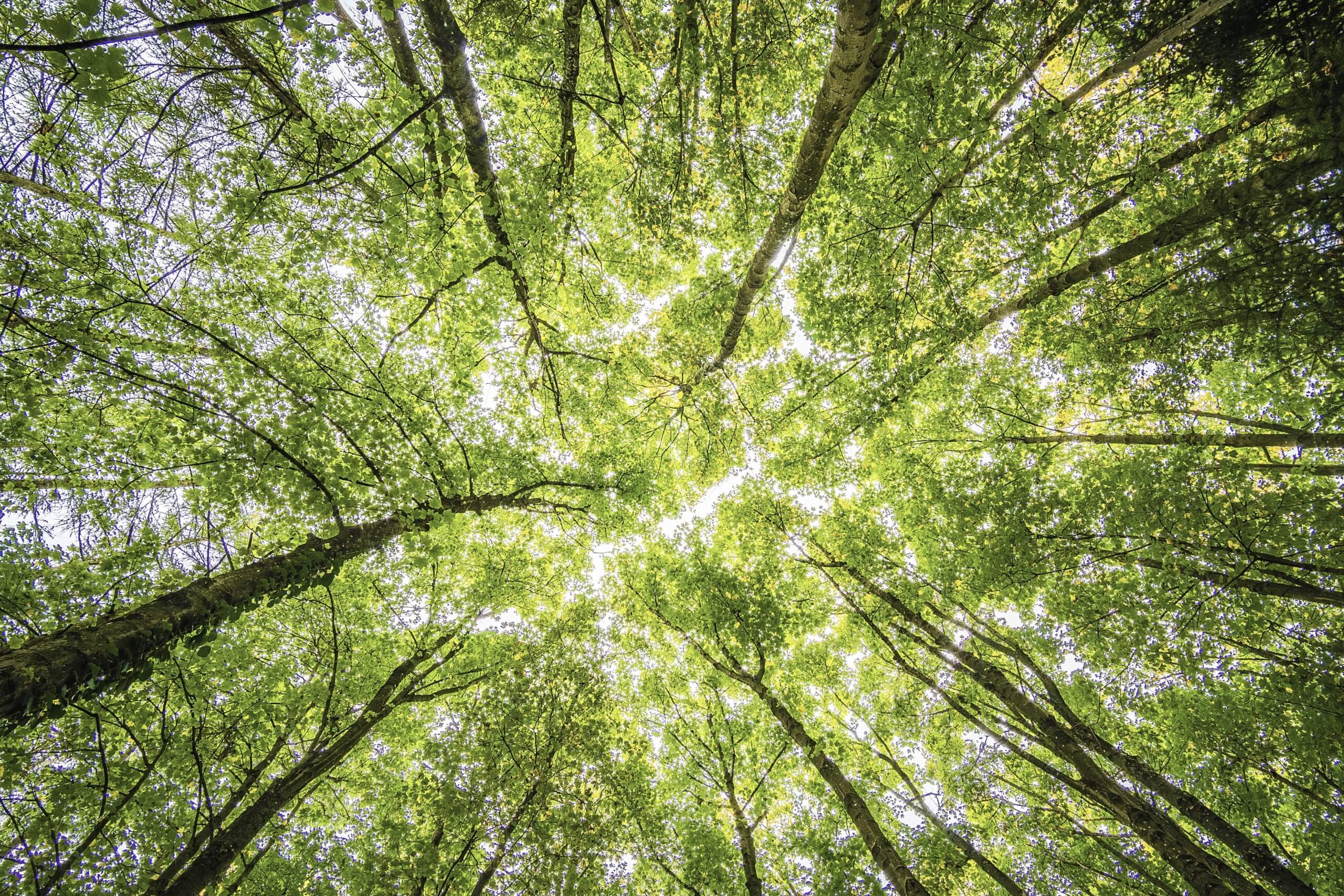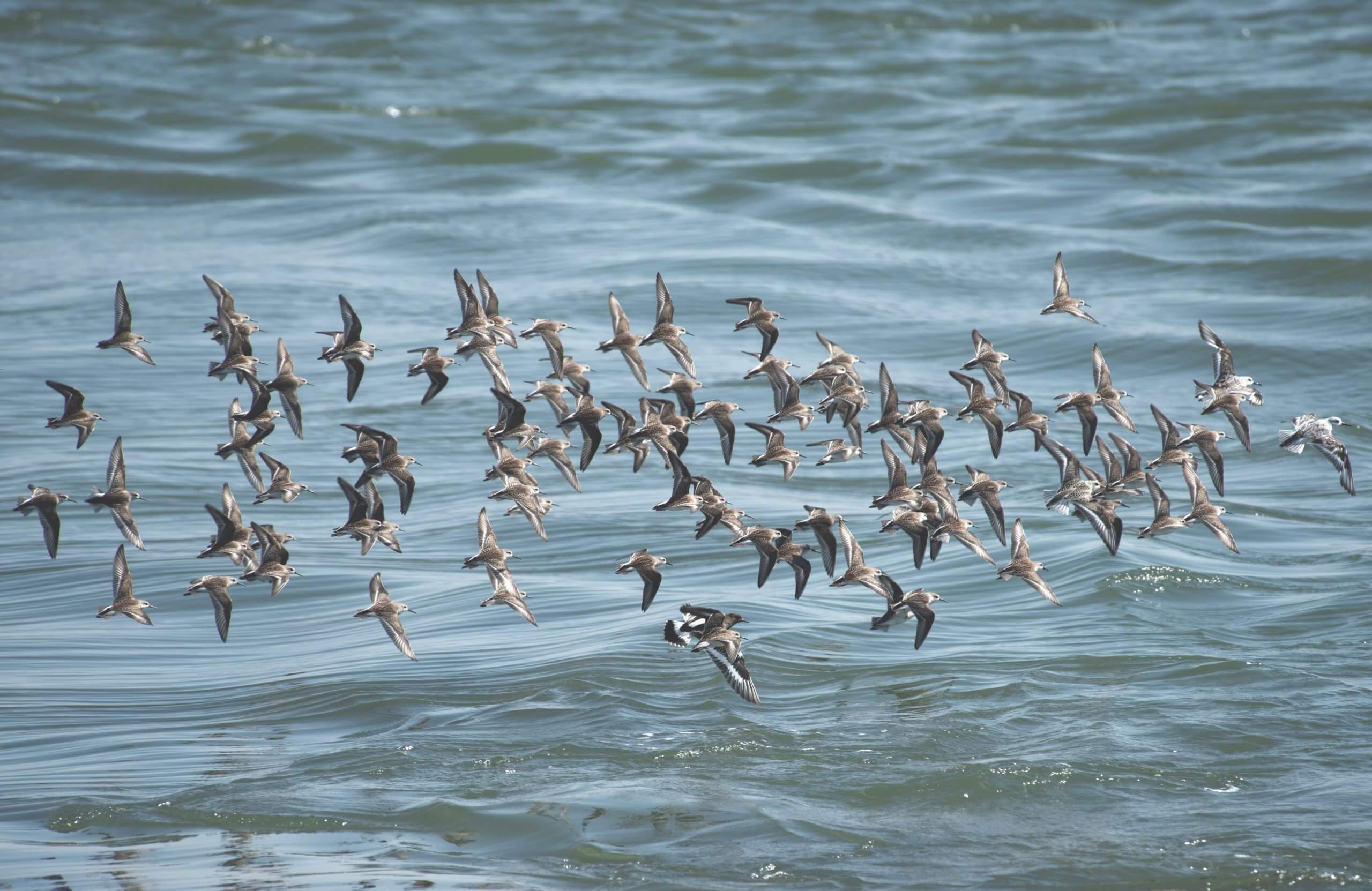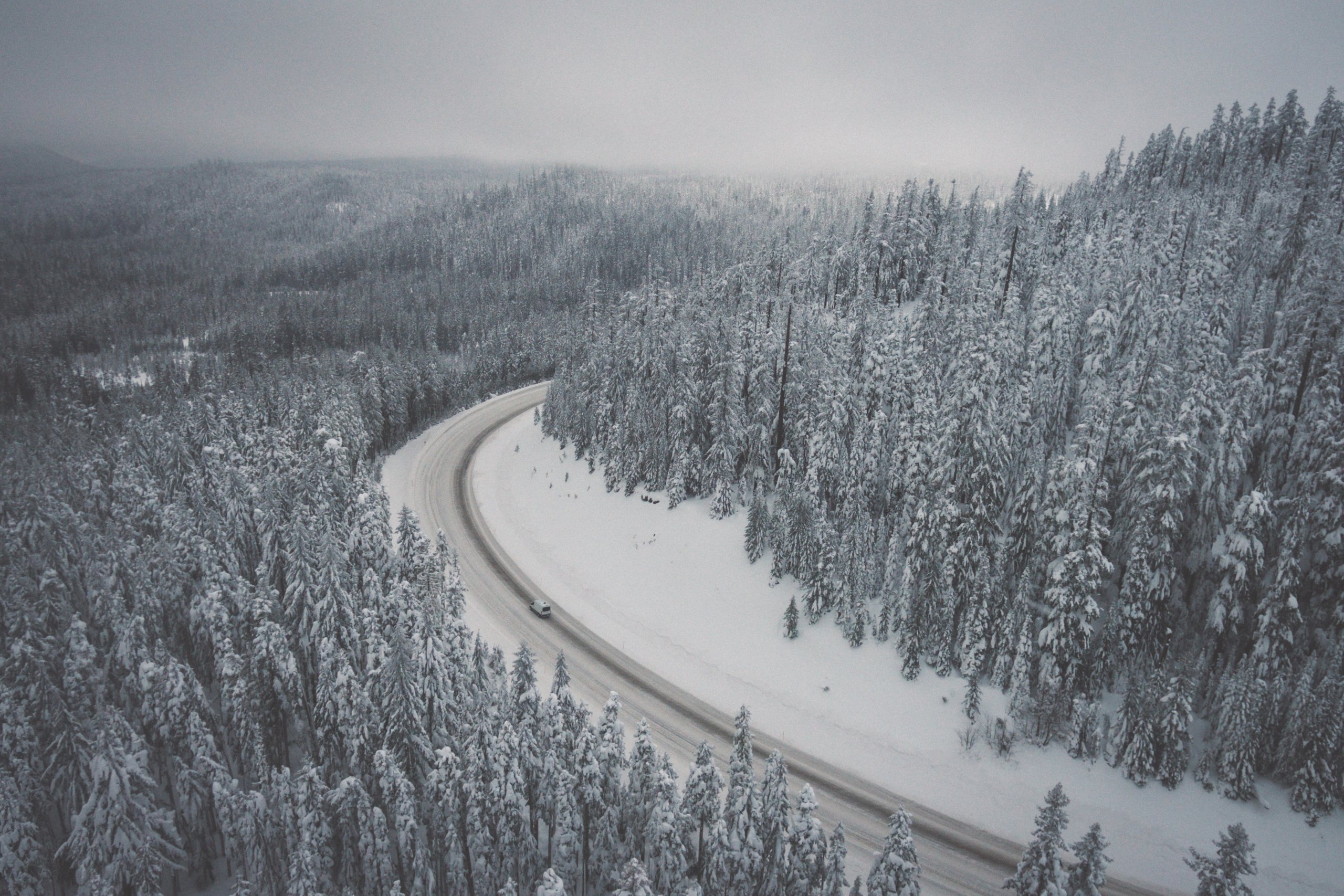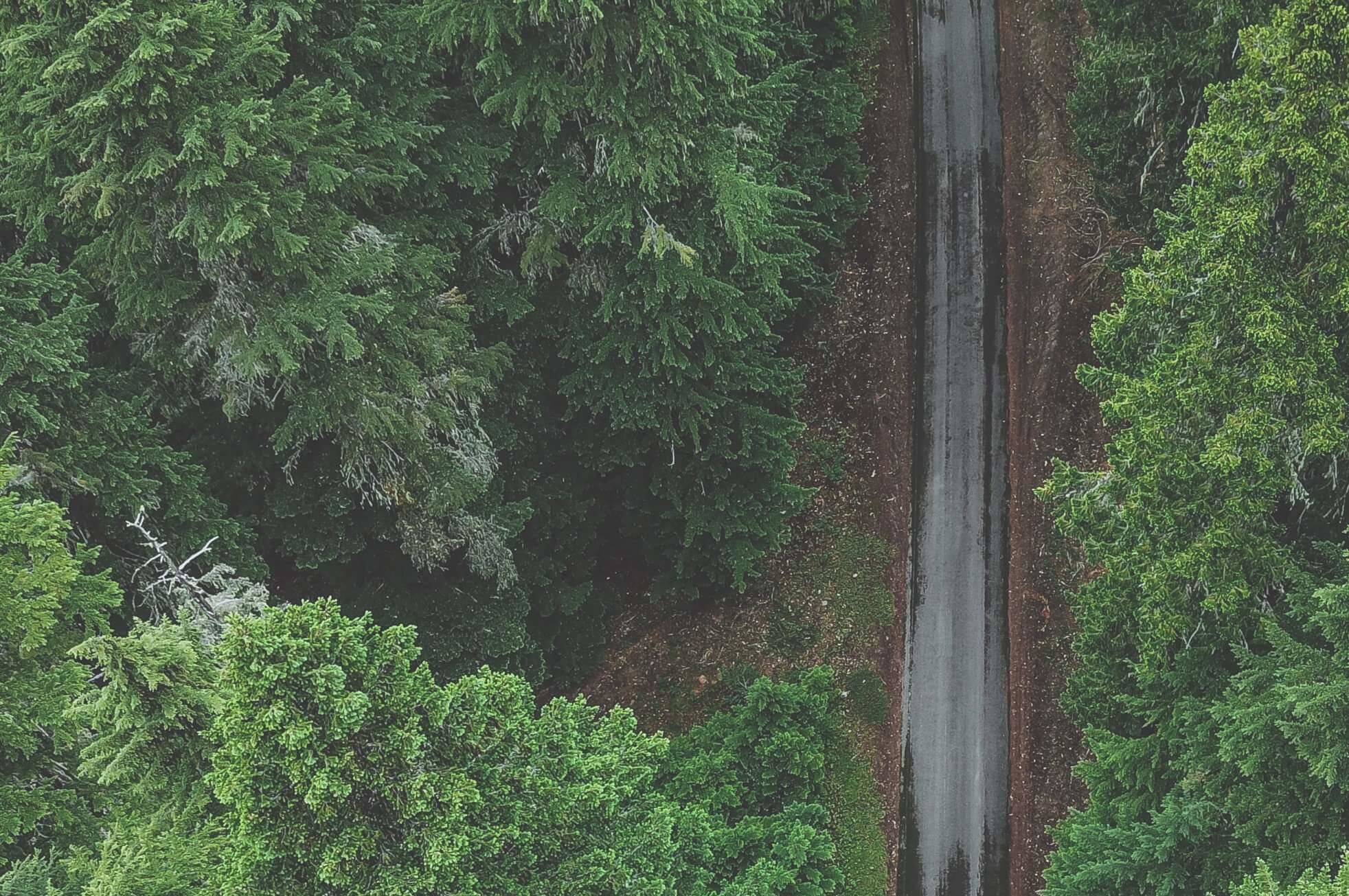How do you get people to change the world? The world is changing already, with and without our help… climate change, population, consumption, and extinction are all on the rise. But… imagine if every academic environmental scientist could communicate why their science matters – to the public, policy makers, journalists, and their own communities – now that would change the world!
I posed that thought to over 200 environmental experts – academics, journalists, pundits, activists, decision makers, futurists, and citizens—gathered in our plenary at the 2012 Aspen Environmental Forum entitled, “How to Get People to Change the World.” With all this change, what we were really there to discuss was: What does it mean to be living in “the new normal?” Thought-leaders pointed out the many problems and challenges we’re facing, but they also kept the mood upbeat with the inclusion of bright spots, solutions and constructive discussion about how to chart the course ahead. And, in my plenary in particular, how communications and leadership are critical to shaping it.
My topic was “Communicate Like a Leader” and the link between communications and leadership. Communications is central to the enterprise of “would-be” change agents – whether breaching the boundaries of disciplines or expertise, or amassing votes, or mobilizing action. Good communicators can articulate a vision, focus a debate, and cut to the essence of their argument. They can make their points compelling – even to those who disagree. And they can make people sit up, take notice, and care. They know how to reach their audience by making it personal, addressing the “so what?” and speaking from the heart. We experienced this first hand with the brilliant roster of speakers.
National Geographic photographer Michael “Nick” Nichols touched everyone with his raw authenticity as he shared a lifetime of witnessing the natural world and depressing and elating portraits of his experiences. The title of his talk – “Just a monkey” – referred to someone’s reaction to a photograph of a poached silverback mountain gorilla being carried Christ like on a scaffold. His video of a tiger feeling water with one toe then gingerly lowering himself into a pool of water rocked us with laughter. His current project following the lives of lions in the Serengeti left us choked with emotion and hope, and deepened my own resolve to do what I can for nature.
Dr. E.O. Wilson, now 82, has long been appreciated as a leader in his field, and he has never been better as a communicator. He stressed that we need more people who can synthesize knowledge across disciplines; he is adamant that we need to preserve land for nature as well as people.
Despite all the demands on the earth for resources, in some places this is happening. Sean Gerrity of the American Prairie Reserve is leading the charge to protect an environment that he loves. With the help of private funders he is creating the largest wildlife complex in the U.S., he is aiming for 5000 square miles in northeastern Montana using private lands to leverage public lands. He has already protected 120,000 square acres and is in the process of removing 800 miles of barbed wire. This huge expanse of habitat will create corridors for wildlife and enable large predators such as wolves and bears to roam freely. With healthy habitat some animals will have a better chance of adapting to a changing world.
Early on, climate scientist Dr. Kevin Trenberth made the point that the new normal is not about shifting to a new stable state, but to instability. Many argued that seeking to preserve existing systems is futile, and that we can’t just manage for systems now, we have to manage with the future in mind.
Changing patterns of climate will cause plants and animals to be out of synch and ecosystems will change. The currently burning forests of Colorado won’t come back as pine forests, but rather as grasslands. “Ecosystems are already resetting themselves in ways big and small,” USGS scientist Dr. Craig Allen said. The challenge for managing these ecosystems, according to Allen, is to try to help them adapt. (Ironically and sadly, both journalist Hilary Rosner who was there to write about this, and Kevin Trenberth returned home to Boulder to a raging fire and their new normal.)
While not everything will come back as it was, Dr. Jon Foley, a Leopold fellow and outstanding communicator who is now Director of the Institute on the Environment (IoneE) at University of Minnesota, reminded us, “Nature is a hell of an engineer… zero net waste and runs on renewable energy.” In his session on “Cultivating Solutions” Jon convincingly cautioned us to avoid polarizing the debates of organic versus GMO and global versus local. We can do a lot more with less—fertilizer and water. However, we need to deploy all solutions and not get caught up in the arguments because we are going to need double the world’s food production by 2050.
We are concurrently living four scenarios Jamais Cascio declared: growth, collapse, stasis, and transformation. These futures are already here – they are just not evenly distributed across the globe. How it plays out will depend on us.
“Hope is a verb with its sleeves rolled up,” said thought leader David Orr, “the need is for hard work and action. Consensus can form around shared goals.” Time and again, we collectively realized that the way forward is to break down the silos, to communicate across business, government, sciences and specialists – and engage everyone. We all need to be thinking about and communicating the solutions for the way ahead. We are living in the new normal.



